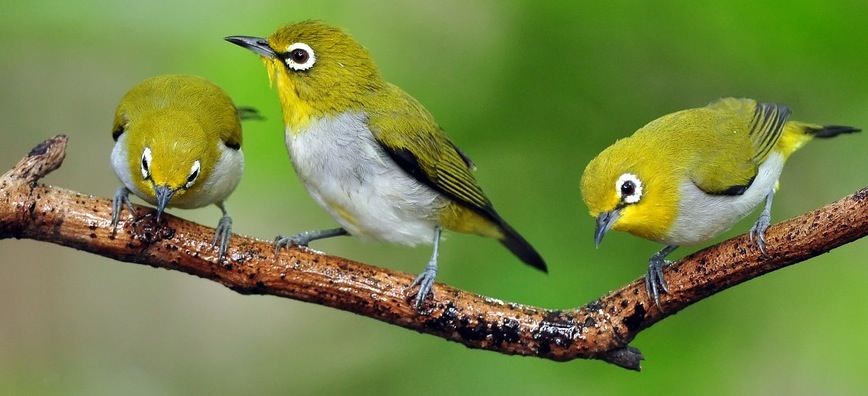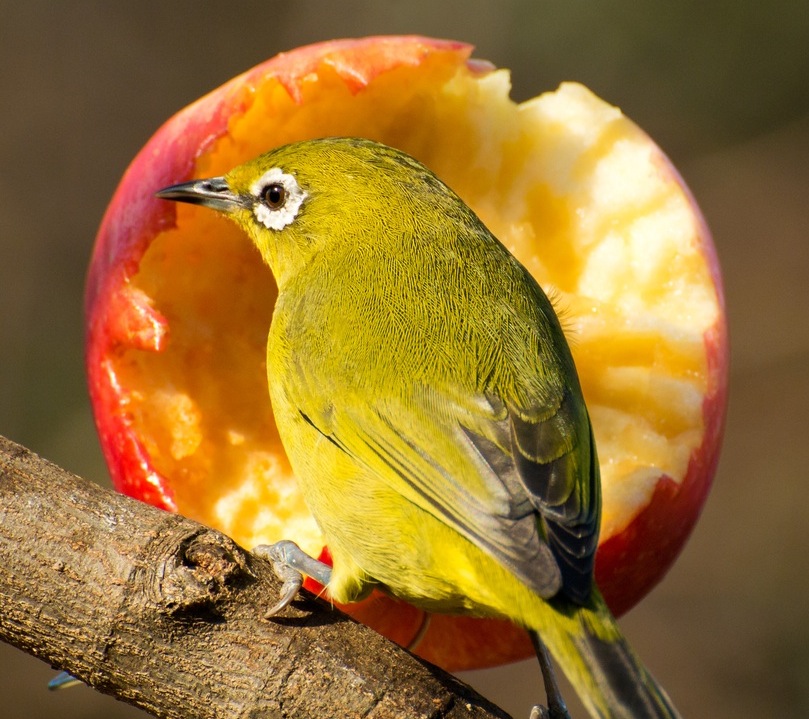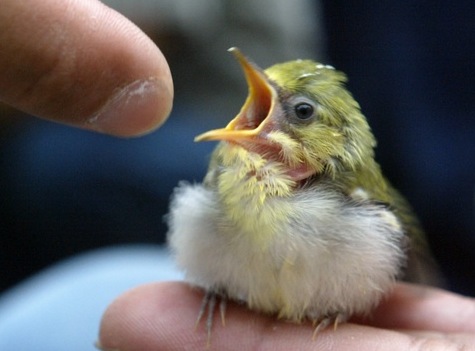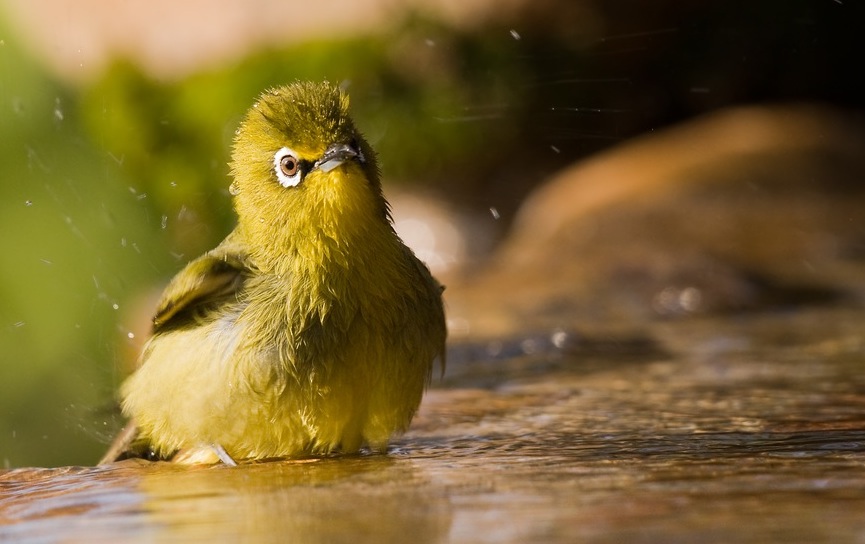White-eyes or Zosterops

These small softbills, averaging about 13cm (5in), have a wide distribution across Africa through Asia and the Pacific region. They are so-called because of the characteristic white area of plumage encircling the eyes. The remainder of their plumage is green, ranging from a yellowish to a greyish shade, and becoming paler on the underparts.
Housing
Although they can be kept in an outdoor aviary during the warmer months of the year, white-eyes need heated winter-time accommodation in a birdroom. Small supple perches are essential.
Feeding preferences

Fresh nectar must be provided at least once a day, with the feeders being washed out thoroughly between feeds, and then rinsed before being refilled. Fruit is also important, with white-eyes being considered agricultural pests in some areas in the wild, as they will attack fruit crops. Small insects such as crickets should also be offered.
Breeding

Although the sexes look alike, pairs can be identified by the cock’s song. They will use spiders’ webs and moss into their cup-shaped nests, which will be well-concealed in vegetation in the aviary, although pairs may also sometimes be persuaded to adopt an open-fronted nestbox as an alternative site. They will often nest repeatedly through the warmer months, constructing a new nest on each occasion. Livefood is very important for the successful rearing of the chicks.
Sociability

Lively and social, zosterops will agree well in a group, and can be housed with other non-aggressive softbills of similar size. Starting with a small group should help to ensure that you have at least one pair. They enjoy bathing in a shallow bowl of water, which will help to keep their plumage in good condition. This must be washed out and replenished daily.
Health watch
The small size of these softbills means they are very vulnerable to hypothermia, so if they appear off-colour, they must be transferred to warmer surroundings without delay, to aid their recovery. Otherwise, their condition will deteriorate rapidly.
Good to start with: Oriental white-eye (Zosterops palpebrosus), as shown at the top of the page, although bear in mind that none of these small birds are hardy in temperate climates, and need heated winter-time accommodation.
Clutch size: 1-2 eggs.
Incubation and fledging periods: Approximately 12 days in both cases.
Enthusiast’s guide
The only detailed monograph is A Systematic Review of the Indo-Australian Zosteropidae by G.F. Mees, published in three volumes by Brill, but it is not particularly well-illustrated. Regional field guides may be more helpful.